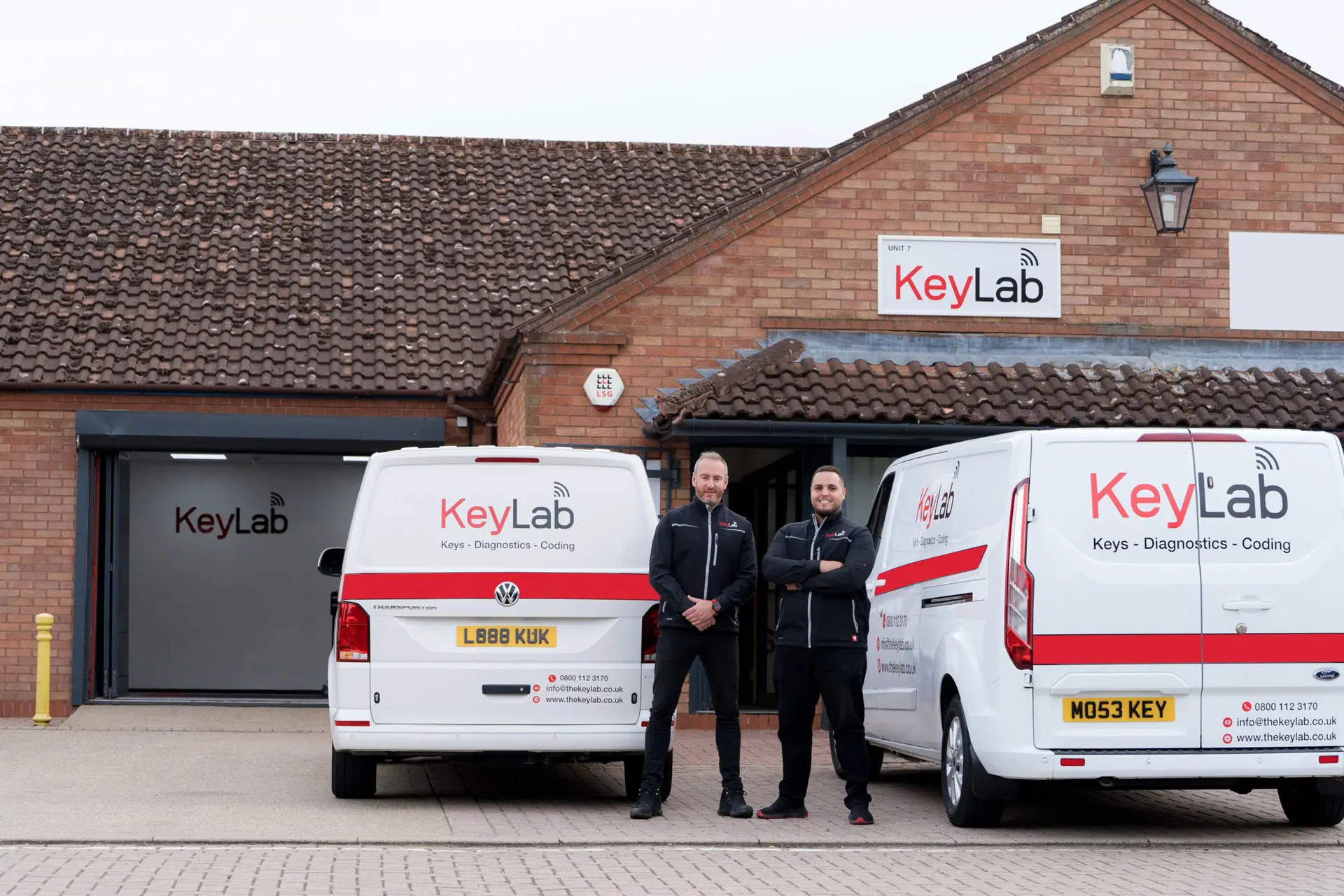Five Things You're Not Sure About About Car Key Transponder Programming
Understanding Car Key Transponder Programming
In today's automotive landscape, the combination of advanced technology has become associated with vehicle security. One of the most considerable advancements in this area is the intro of transponder keys. Car key transponder programming is an essential procedure that ensures automobiles are safe and secure from unauthorized access while providing benefit to owners. This short article explores what transponder keys are, how they work, the programming process, and responses to some regularly asked concerns.
What is a Transponder Key?
A transponder key is a kind of ignition key that consists of a small embedded microchip. This chip communicates with the vehicle's immobilizer system. Transponder keys are created to improve vehicle security by avoiding hot-wiring and unauthorized engine begins.
Key Features of Transponder Keys:
- Embedded Microchip: Each key consists of a special code that represents the vehicle's ignition system.
- Immobilizer System: This system recognizes the key's distinct code and allows the engine to begin only if the right key is used.
- Boosted Security: Transponder keys are significantly more difficult to duplicate than standard keys, lowering the risk of theft.
How Transponder Keys Work
Transponder keys operate on an uncomplicated principle of radio frequency recognition (RFID). When the key is placed into the ignition or brought near the vehicle, the following sequence takes place:
- Signal Transmission: The vehicle's ignition system sends a radio signal to the transponder key.
- Code Response: The embedded chip in the key gets this signal, triggers, and sends back its distinct code.
- Confirmation: The vehicle's computer system verifies the received code. If it matches the saved code, the engine will start; if not, the engine remains debilitated.
Advantages of Transponder Technology:
- Improved theft avoidance.
- Convenience of keyless vehicle starting (in some systems).
- Reduced expenses associated to insurance coverage premiums due to boosted security procedures.
The Car Key Transponder Programming Process
Programming a car key transponder is a critical action that permits a brand-new key to communicate with the vehicle's immobilizer system. The process can differ based on the make and model of the car however usually includes the following steps:
Steps Involved in Transponder Key Programming:
Obtain a New Transponder Key: Owners should first obtain a blank transponder key suitable with their vehicle.
Access the OBD-II Port: For modern vehicles, programming typically requires an On-Board Diagnostics (OBD-II) scanner that connects to the OBD-II port.
Turn on the Ignition: The ignition should be turned to the “On” position without starting the engine. This enables the system to acknowledge that a brand-new key is to be configured.
Follow Programming Procedure: Depending on the vehicle, follow the specific programming actions provided by the producer, usually described in the owner's manual. This may involve pressing specific buttons in a specific order.
Check the Key: After programming, it's important to evaluate the key by trying to start the engine. If successful, the key is correctly configured.
Tips for Successful Programming:
- Consult an expert locksmith or dealership for complex programming treatments.
- Make sure battery levels in the key fob and vehicle suffice.
- Follow the instructions closely to avoid errors.
Common Issues with Transponder Key Programming
Regardless of the relatively straightforward procedure, different issues might arise during programming. Below are some common obstacles:
- Key Compatibility: Using an incompatible key can result in programming failures.
- Faulty Equipment: A malfunctioning OBD-II scanner might avoid access to the programming menu.
- Weak Key Batteries: Insufficient power in the key fob can disrupt communication.
Frequently Asked Questions (FAQs)
1. Can I configure my transponder key myself?
While numerous automobiles permit DIY programming, some models need customized devices or software application. If not sure, it's finest to consult an expert locksmith or your vehicle dealer.
2. What if I lose my transponder key?
If a transponder key is lost, it's a good idea to get in touch with a licensed automotive locksmith or your car dealership for a replacement. They can set a brand-new key based on your vehicle's VIN (Vehicle Identification Number).
3. How much does it cost to configure a transponder key?
The cost differs commonly, depending on the vehicle make and model, and whether you pick to go through a car dealership or a locksmith. Prices typically range from ₤ 50 to ₤ 150.
4. What happens if my transponder key quiting working?
If your transponder key stops working unexpectedly, it could be due to a dead battery or problems with the vehicle's immobilizer system. It's suggested to have both the key and the vehicle checked by a professional.
5. How typically should I change transponder key batteries?
Transponder key batteries should be replaced every 2 to 3 years, though this can differ based upon use. Signs of a passing away battery consist of trouble beginning the vehicle or the key fob not operating at all.
Car key transponder programming is a vital process for contemporary vehicle security and benefit. Comprehending how transponder keys function and how they are configured can empower vehicle owners to manage their vehicle security efficiently. As innovation continues to progress, remaining notified about these advancements will help owners secure their possessions and ensure their vehicles run smoothly.
Summary Table: Key Features of Transponder Keys
Function
Description
Embedded Microchip
Contains a distinct code for vehicle identification
Immobilizer System
Prevents unapproved engine starts
Boosted Security
Challenging to duplicate compared to conventional keys
With developments in technology, the value of understanding and efficiently handling car key transponder systems can not be overemphasized. Enhanced key fob replacement ensures peace of mind on the roadways.
